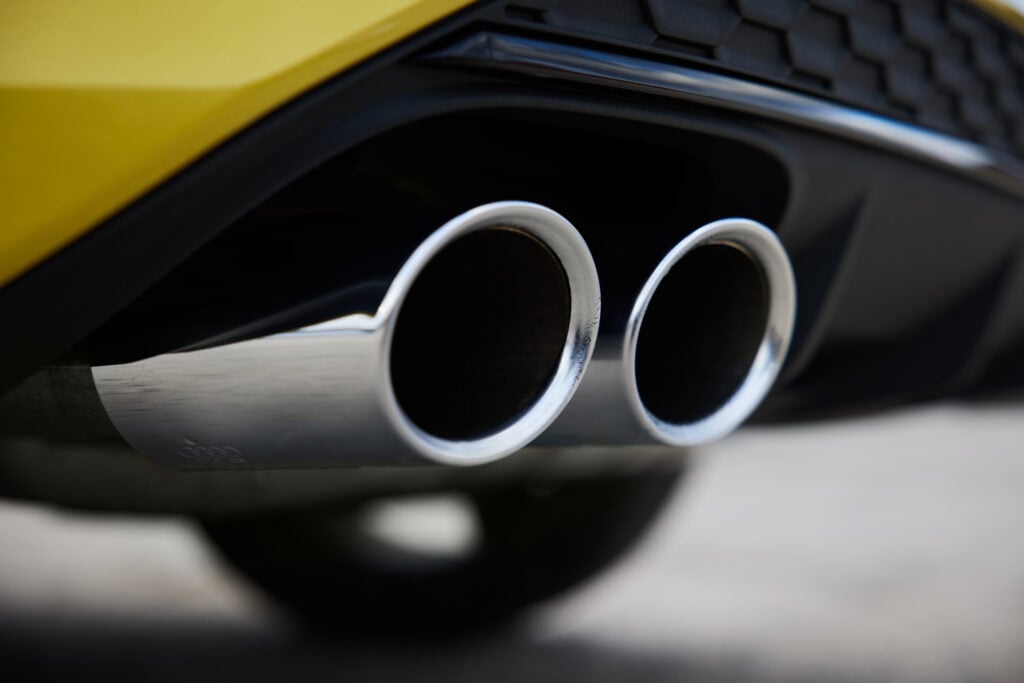
As Australia edges closer to finalising a trade deal with the European Union, word is that the contentious Luxury Car Tax (LCT) will finally be abolished as part of the bargain.
Introduced in 2000, the LCT was originally designed to shield Australia’s local car manufacturing industry from being undercut by high-end European imports. However, with the last car built on Australian soil rolling off the production line in 2017, many critics argue that the tax has long outlived its purpose but the government is reluctant to forgo the $1.2billion in raises in annual revenue.
Currently, the LCT applies to vehicles priced above a certain threshold – $91,387 for fuel-efficient vehicles and $80,567 for others in 2024–25. It adds 33 per cent to the portion of the vehicle’s price above the threshold, making European luxury cars significantly more expensive in Australia than in many other markets.

The European Union has long viewed the LCT as a trade barrier and has pushed for its removal as part of free trade agreement (FTA) negotiations. In response, the newly re-elected Albanese government has already signaled an openness to phasing it out, potentially unlocking more favourable terms for exporters in sectors such as agriculture, mining, and services.
The question for Australian consumers is whether the abolition of the LCT would translate into lower car prices and whether most will care given it is mostly applied to prestige European brands sch as Audi, Aston Martin, Maserati, Mercedes-Benz and Volvo.
But the tax now also affects the price of more ‘democratic’ vehicles such as Toyota Landcruisers and higher end Hyundai and Kia people movers, for example.

In theory, removing the LCT should reduce the retail price of affected vehicles. For example, a $120,000 car could see a price cut of more than $10,000 if the tax were fully abolished. This would not only make European luxury cars more affordable but could also pressure manufacturers and dealers of non-European brands to become more competitive in the premium segment.
However, whether those savings would be passed on to consumers is uncertain. Car dealers may absorb some of the benefits as additional profit margin, especially in a market where demand for high-end vehicles remains strong. Additionally, manufacturers may take the opportunity to raise base prices slightly, offsetting part of the benefit.

There are also broader economic and political implications. The LCT generates over $1 billion annually in government revenue. Replacing that income could involve tax reforms or spending cuts elsewhere. Moreover, domestic automotive retailers and service providers worry that cheaper imports could impact margins and consumer expectations.
So while the abolition of the LCT under a new Australia–EU trade deal has the potential to make many luxury cars more affordable, whether prices will fall significantly for consumers depends on how the industry adjusts. The move would certainly align Australia with global market practices, but as with most tax reforms, the real impact will lie in the detail – and how both government and business respond.




